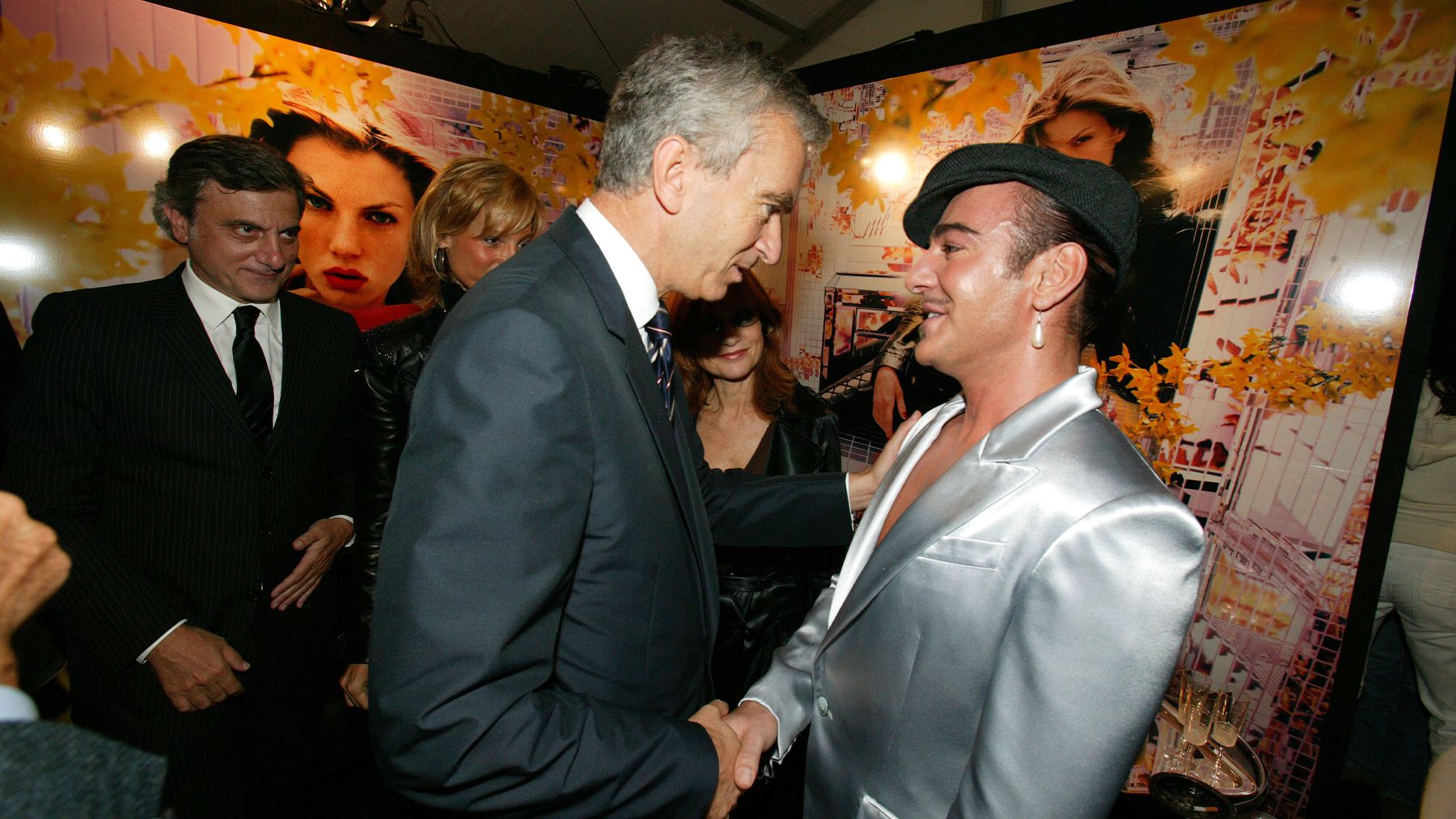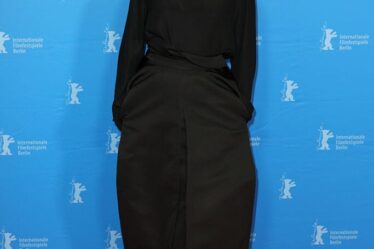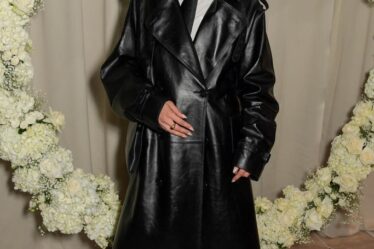
“A French entrepreneur uses young punk talent to reinvigorate fading fashion couture houses and become the richest man in the world. What could possibly go wrong?” IMDb’s online synopsis of “Kingdom of Dreams,” the documentary series that debuted on Monday in the UK, with other markets to follow, makes the rise of Bernard Arnault’s LVMH and rival François Pinault’s Gucci Group (now Kering), sound a little like a Gothic fairytale, an impression that is soon confirmed by the lush visuals, the dramatic soundtrack and a title sequence which is straight out of the “Game of Thrones” playbook.
The cinematic quality of the show will be familiar to anyone who appreciated producers Ian Bonhôte and Peter Ettedgui’s previous deep dive into the fashion industry, the BAFTA-nominated “McQueen.” But this time, their canvas is much broader, their cast of characters much more complex as they take on the Nineties and the Noughties. Over the course of those two decades, fashion exploded onto the global stage, made superstars of designers John Galliano, Alexander McQueen, Tom Ford and Marc Jacobs, and built empires for their paymasters, Arnault and Pinault. The four episodes of “Kingdom of Dreams” interweave the rivalries, the triumphs, the tragedies of these men with increasing intensity, climaxing in a final part where dreams turn to nightmares. Marc Jacobs’s final show for Louis Vuitton in October 2013, an all-black summation of his career at the house, plays out like a funeral. Truly the end of an era.
When I talked to Bonhôte and Ettedgui for the latest episode of The BoF Podcast, which comes out later today, they confirmed that they aim for a sense of audience-grabbing drama with all their documentaries. (they won an Emmy for their last, “Rising Phoenix,” which focused on the challenges of nine Paralympians). “Peter and I are documentary filmmakers, but we borrowed so much from the tools of fiction,” said Bonhôte. “So it’s all about the stories, not just about the information itself. We like that there’s a narrative and an emotional narrative.” Still, he thought the “Game of Thrones” analogy was a bit of a stretch, even as Ettedgui conceded that fashion power was once concentrated in the concept of “houses.” It’s a sign of more corporate times that we’re now used to referring to them as “brands.”
“Kingdom of Dreams” goes a long way towards clarifying how that corporatisation happened. Bonhôte describes the basic theme of the series as “this constant fight between commerce and creativity.” The real audience-grabbing drama lies, however, in the human toll this fight exacts, and the show is unflinching — even shocking at times — in its depiction of the collateral damage. And, remarkably, it is all told in the voices of its protagonists (alongside a cast of industry talking heads, which I will fully disclose includes me), their words providing the emotional beats, the thematic beats that work almost like dialogue in a movie. “An endless voiceover,” the producers call it.
This feat was accomplished with the help of four years of research from Dora the Archive Explorer. “From the beginning, we thought the most difficult people to cover were going to be Pinault and Arnault,” said Ettedgui, “so there was always a special focus on trying to find every single recorded interview with them.” The two men were old friends turned bitter rivals by their battle for control of Gucci, and there’s a priceless moment in Episode 2 where Arnault is complaining about Pinault. “He knew I wanted Gucci, but he didn’t even give me a call.” Pinault’s response follows momentarily. “Well, you don’t tell your enemy just before you’re about to attack when you’re going to attack them.”
The editing is sharp, even arch at times in the way it highlights such moments. On the soundtrack, Dana Thomas, whose book “Deluxe: How Luxury Lost its Lustre” was an urtext for the producers, is describing Anna Wintour as “the tycoon whisperer” over footage of her leaning into Arnault at a fashion show, looking extremely confidential. Several sequences later, Wintour’s protégé John Galliano is designated golden boy at Arnault’s LVMH. There’s the sense of a Renaissance court in the jockeying for position, the rises, the falls.
Threaded throughout the series are the epochal fashion presentations, reminders of the creativity that set the ball rolling in the first place: Tom Ford’s velvet collection for Gucci, McQueen’s robots spray-painting Shalom Harlow, Galliano at the Opéra Garnier, Jacobs’ swansong at Vuitton. “One thing we learned from McQueen was that putting a fashion show in a narrative is almost like having a musical number,” said Ettedgui. “It kind of moves the story on and it sets up the stakes. It’s visually spectacular, resplendent in and of itself.”
The beauty of such “numbers” offers a stark counterpoint to the personal and professional struggles of the designers who created them. Bonhôte refers often to a Faustian pact between creativity and commerce. The stunning series that he and Ettedgui have made is quite clear about which one comes out on top. For the creators themselves, the moral of the story is age-old: be careful what you wish for.



